Which Plants to Save
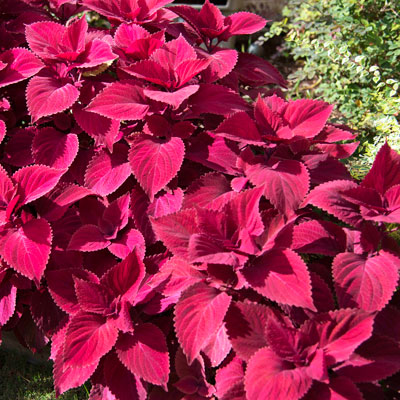
Photo: It would be sad to watch this bed of coleus freeze without taking steps to save a few of them for next spring.
We’re still weeks away from the first killing frost of fall, but already people are asking how they should overwinter their plants. It’s an interesting list that they bring to the discussions, ranging from begonias to moss rose, geraniums to purple fountaingrass. I’ll give you my thought processes. Maybe I can help you make your decisions.
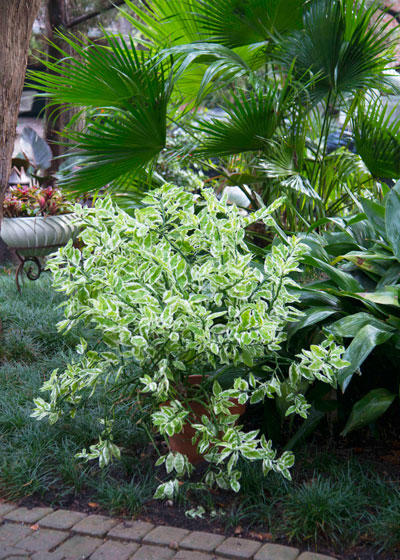
Photo: Devil’s backbone (Pedilanthus) is a source of color in this spot each year in our landscape. It gets saved!
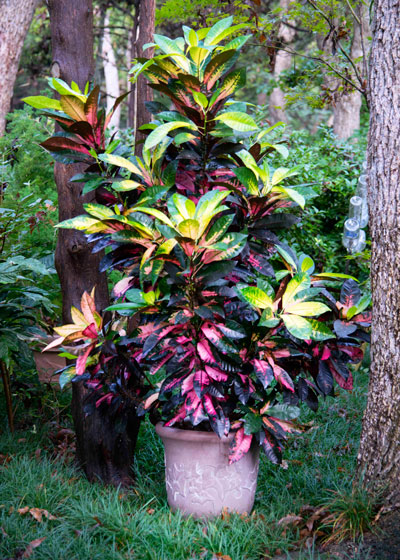
Photo: Crotons provide color even in partial shade. This one is three years old. I have some that are much older.
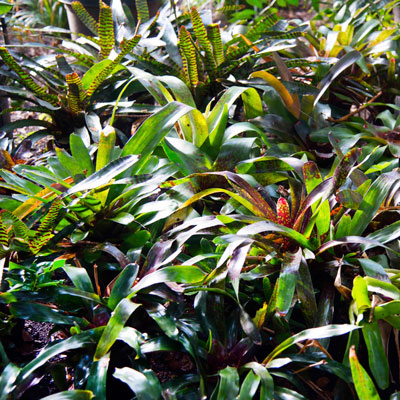
Photo: Bromeliads line our driveway. They’re in pots that can quickly be lifted and saved.
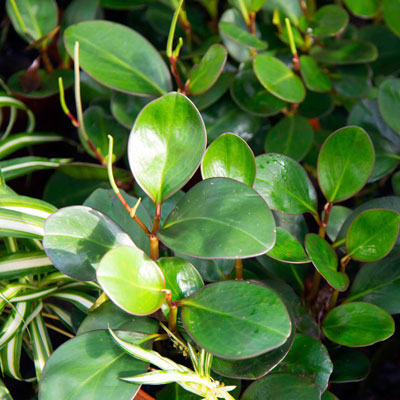
Photo: I guess it’s a selection of Peperomia obtusifolium, but I’m not sure what cultivar name goes with it. I just know that I like it. I not only save it, but I start new plants every year.
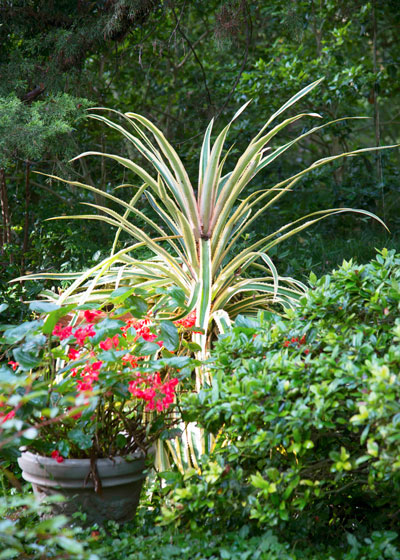
Photo: Variegated pineapple actually bore fruit a couple of years ago. Who could throw out a mama and her baby? I’ve saved this plant for probably 15 years.
Plants that I save…
• Those that have emotional importance to me. Like my mother’s angel wing begonia, or the ponytail “palm” we’ve had in our family for 45 years. Or the sansevierias that decorated our son’s and daughter-in-law’s wedding reception.
• Plants that are difficult to find and replace. Like a couple of types of cutting-grown coleus that I’ve grown almost all of my life. Growers have moved on to other varieties, but I still want the old ones. Or my prized red-edged peperomia that I’ve never seen in nurseries since I bought it 25 years ago.
• Plants that are too expensive to pitch out each year. My collection of bromeliads. I have about 200 types of spreading Neoregelias. I use them for annual color in a bed along our driveway. I found that armadillos leave them alone. And my big crotons. They’re as tall as I am. I have the luxury of a large hobby greenhouse. They go into the greenhouse before the first freeze.
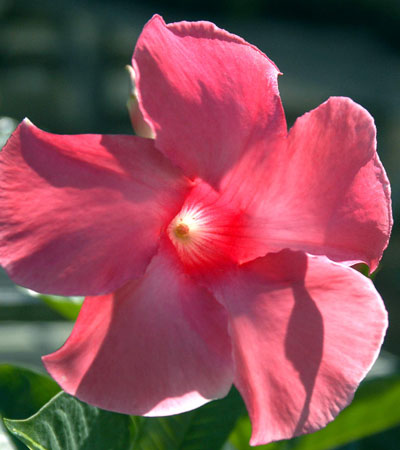
Photo: Mandevillas don’t like cool temperatures of my greenhouse and they need more sun than I have indoors, plus they’re magnets for mealybugs. I buy new plants each spring.
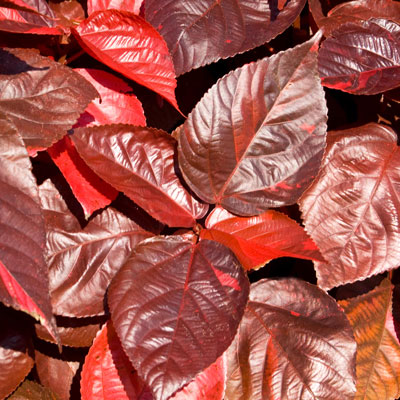
Photo: Copper plants don’t like cool weather, and I have a bit of shade on my greenhouse. They pout and then die. It would only be worse inside the house. I don’t try to save them.
Plants that I don’t save…
• Quick and inexpensive annuals. Hybrid purslane comes first to mind. It’s not worth the space it takes up in my greenhouse and I surely wouldn’t want it on a windowsill indoors. I’ll just buy more next spring. Or periwinkles or marigolds. I don’t even try to save purple fountaingrass. It’s not winter-hardy in the northern half of Texas and the plants are a bit costly, but it’s just easier to buy healthy, vigorous new plants each spring.
• Those that aren’t going to be happy with the conditions I have for them. That would include plants that can’t handle the reduced lighting I have inside our house, and it would also include plants that aren’t satisfied with the cool (54F) temperatures at which I keep my greenhouse on cold winter nights.
• Plants that are prone to insect pests when I bring them indoors. Whiteflies love tropical hibiscus, and mealybugs cover mandevillas (also my beloved cutting-grown coleus). If I choose to overwinter any of those plants, I know going in that I’m going to have to be on the lookout.
Cuttings may be your solution…
If you’re short on space, or if your prized plants are growing in the ground, cuttings may be your best means of saving them over the winter. This is the time to take the cuttings, get them rooted and potted and ready to bring indoors for the winter. Mind you, each type of plant is handled differently. This is information I have on my website about rooting cuttings in general, but I encourage you to do a little research on each specific plant you want to propagate to pick up on the fine-tunings.
